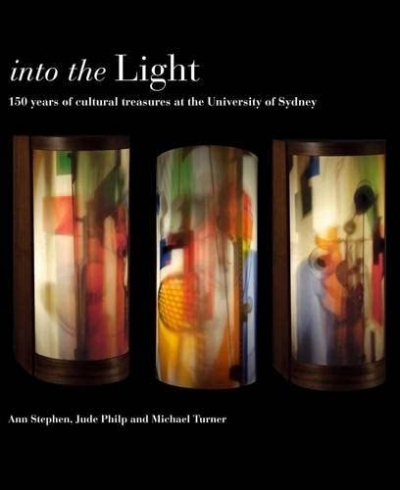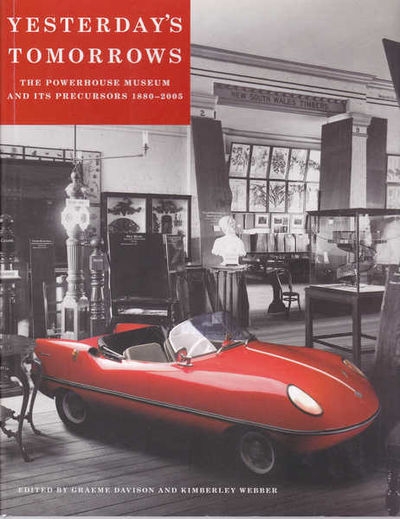Museum
Into the Light: 150 Years of Cultural Treasures at the University of Sydney by David Ellis
by John Thompson •
Memory, Monuments And Museums: The past in the present edited by Marilyn Lake
by Paul Brunton •
Yesterday's Tomorrows: The Powerhouse Museum and its precursors 1880-2005 edited by Graeme Davison and Kimberley Webber
by John McPhee •
Gold edited by Iain McCalman, Alexander Cook and Andrew Reeves & Gold and Civilisation by
by John Hirst •
It may seem callous at a time when so much human life is being wasted to spare any concern for the destruction and dissipation of the archaeological collection in the National Museum at Kabul. Yet the loss in both cases is irreplaceable, and it may even be that the loss of the artefacts is, in the long run, qualitatively more important than the loss of individual human lives.
... (read more)



